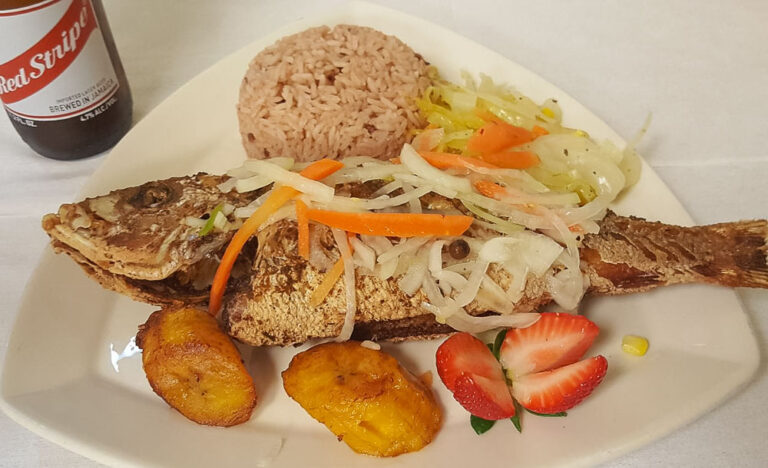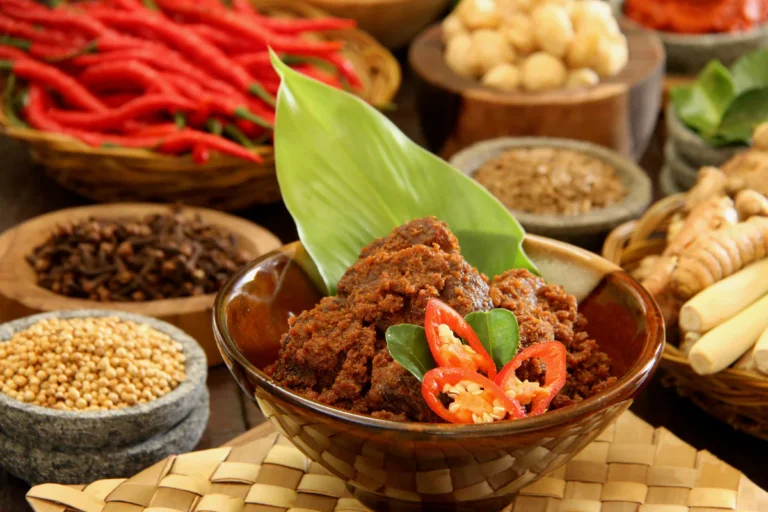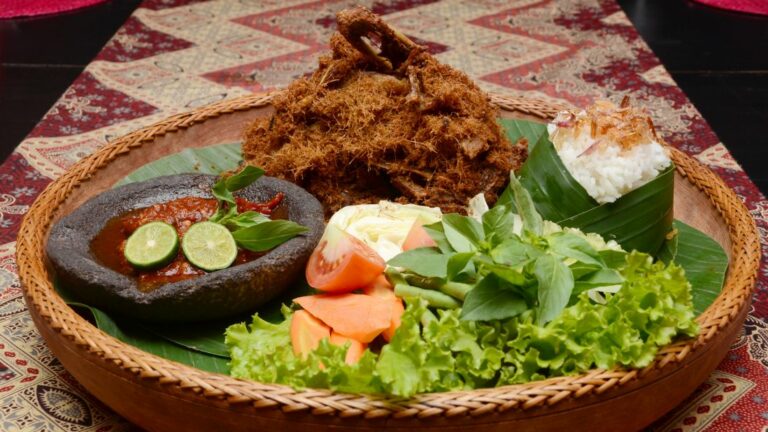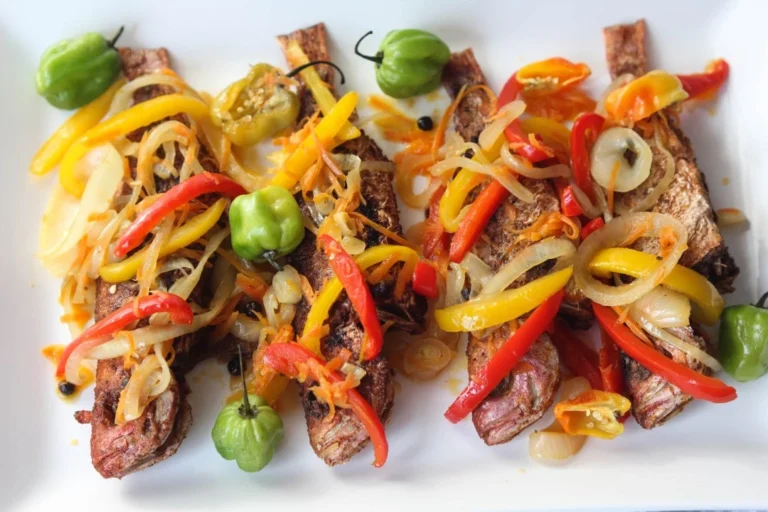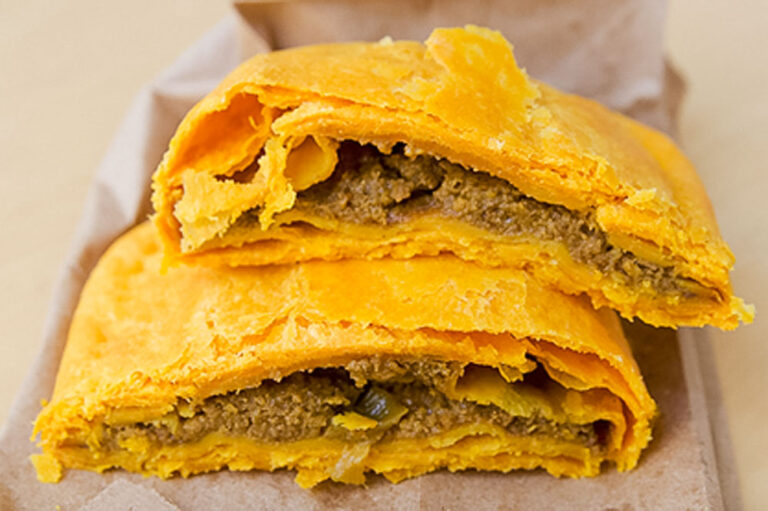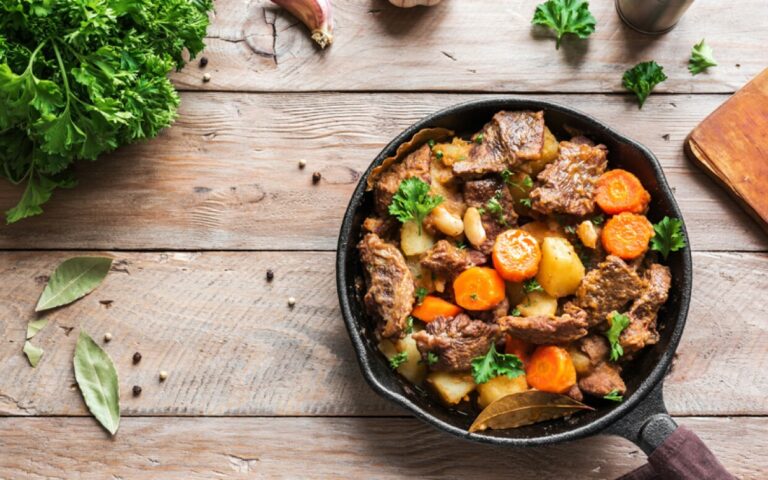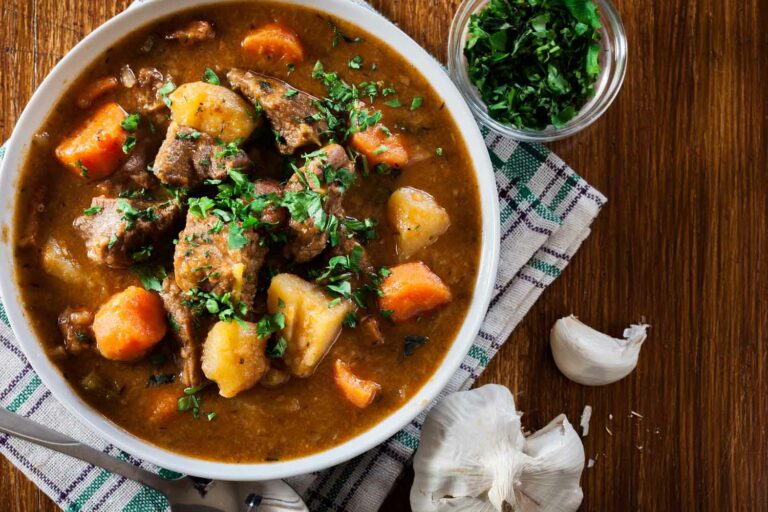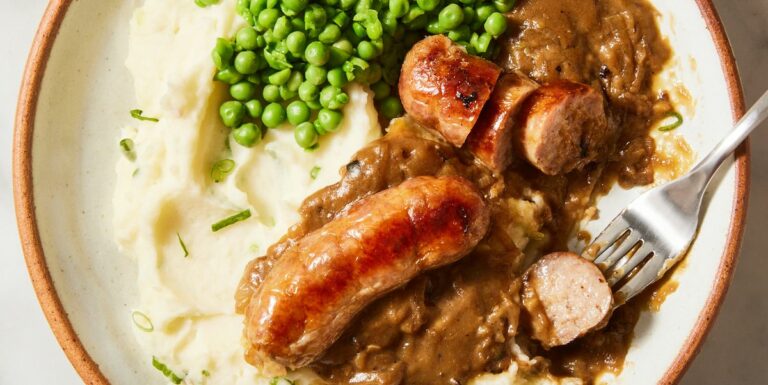Introduction to Jamaican Cuisine
Jamaican cuisine is a fusion of African, European, and Indian influences, reflecting the island’s rich cultural heritage. The cuisine is characterized by bold and spicy flavors, making use of local ingredients like plantains, coconut, and jerk seasoning. Jamaican cuisine has gained popularity around the world, with restaurants serving up classics like jerk chicken, ackee and saltfish, and oxtail stew.
Regional Differences in Jamaican Food
Despite being a small island, Jamaica has a diverse range of regional cuisines, each with its own unique flavors and ingredients. Jamaican cuisine can be broadly categorized into four regions: North, South, East, and West. Each region has its own distinct cultural influences and culinary traditions, resulting in a wide variety of dishes that vary from one part of the island to the other.
Jamaican Cuisine: North vs South
In the north of Jamaica, the cuisine is heavily influenced by Spanish and British colonialism. The region is known for its seafood dishes, including steamed fish and lobster, as well as its curried goat and rice and peas. Southern Jamaican cuisine, on the other hand, is heavily influenced by African and indigenous traditions. The region is known for its rich and hearty stews, such as pepperpot and cow foot soup, as well as its use of root vegetables like yams and cassava.
East vs West: Jamaican Food Variations
Eastern Jamaican cuisine is characterized by its abundance of fresh seafood, including conch, shrimp, and lobster. The region is also known for its use of citrus fruits like lime and grapefruit, which are often used to marinate meat and seafood. Western Jamaican cuisine has a strong African influence, and is known for its use of spicy jerk seasoning, as well as its goat curry, saltfish fritters, and bammy (a cassava flatbread).
Coastal vs Inland Jamaican Cuisine
Coastal Jamaican cuisine is heavily influenced by the island’s history of trade and commerce, with a focus on fresh seafood and tropical fruits. The cuisine is characterized by its use of coconut milk and curry spices, as well as its famous jerk seasoning. Inland Jamaican cuisine, on the other hand, is focused on meat dishes, such as jerk chicken and curried goat, as well as hearty stews made with root vegetables like yams and cassava.
Conclusion: Diversity of Jamaican Food
Jamaican cuisine is as diverse as the island itself, with each region having its own unique culinary traditions and cultural influences. From the spicy jerk seasoning of the west to the fresh seafood of the east, there is something to please every palate in Jamaica. Whether you’re a fan of hearty stews, spicy curries, or fresh seafood, Jamaican cuisine has something for everyone.

